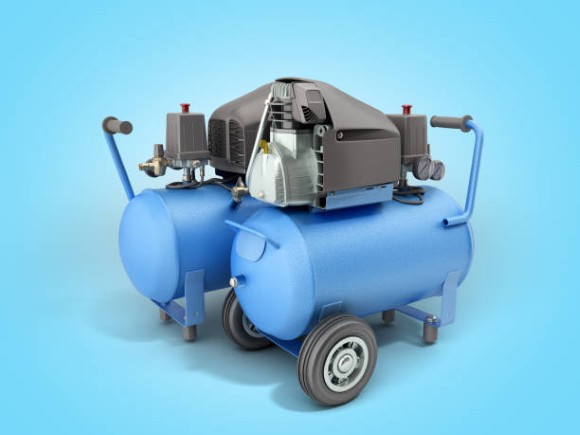
Learning to use an angle grinder on concrete can seem daunting, but it can be a breeze with the right guide. This article will walk you through how to use an angle grinder on concrete, from selecting the proper attachment to avoiding common mistakes. So whether you’re a beginner or an experienced user, read on for our top tips.
What is An Angle Grinder Used For?
An angle grinder is a handheld power tool that can be used for a variety of applications, including grinding, cutting, and polishing. Concrete is one of the materials that can be worked on with an angle grinder, as long as the right attachments are used.
How to Use an Angle Grinder on Concrete: A Guide for Beginners?

If you’re new to using an angle grinder on concrete, there are a few things you need to know before you get started. Here is a quick guide:
1. Select the Proper Attachment:
The first thing you need to do is select the proper attachment for your angle grinder. If you’re using the tool to grind concrete, you will need a diamond-tipped or carbide-tipped blade.
2. Set the Blade Depth:
The next step is to set the blade depth. The depth will depend on the thickness of the concrete you’re working on. For example, if you’re grinding a thin layer of concrete, you won’t need to set the blade very deep.
3. Start Grinding:
Once you have the right attachment and depth setting, you can start grinding the concrete. Begin by moving the angle grinder in a slow, circular motion and gradually increase the speed as you go.
4. Finish Up:
Once you’ve finished grinding, be sure to turn off the power and unplug the tool. Then, remove the blade and clean up any debris before putting away your angle grinder.
5. Avoid Common Mistakes:
People make a few common mistakes when using an angle grinder on concrete. One of the most common is not using the proper attachment. Another mistake is not setting the blade depth properly. And finally, people often forget to clean up after they’re finished grinding.
By following these simple guides, you can avoid these mistakes and use your angle grinder safely and effectively on concrete.
Tips for Using an Angle Grinder on Concrete
Now that you know the basics of how to use an angle grinder on concrete, here are a few tips to help you get the most out of your tool:
1. Invest in a Good Quality Angle Grinder:
If you’re going to be regularly using your angle grinder on concrete, it’s worth investing in a good quality tool. A cheap angle grinder may not last long and could even cause damage to your concrete.
2. Use the Right Attachment:
As we mentioned before, using the right attachment is crucial when grinding concrete. Be sure to select a diamond-tipped or carbide-tipped blade for best results.
3. Be Careful Of Flying Debris:
When using an angle grinder, be aware of flying debris. Always wear safety goggles and a dust mask to protect you from particles.
Conclusion
So, whether you’re a beginner or an experienced user, using an angle grinder on concrete can be a breeze, as long as you follow our simple tips. By investing in a good quality angle grinder and using the right attachment, you can achieve great results while staying safe. So what are you waiting for? Get started today.

